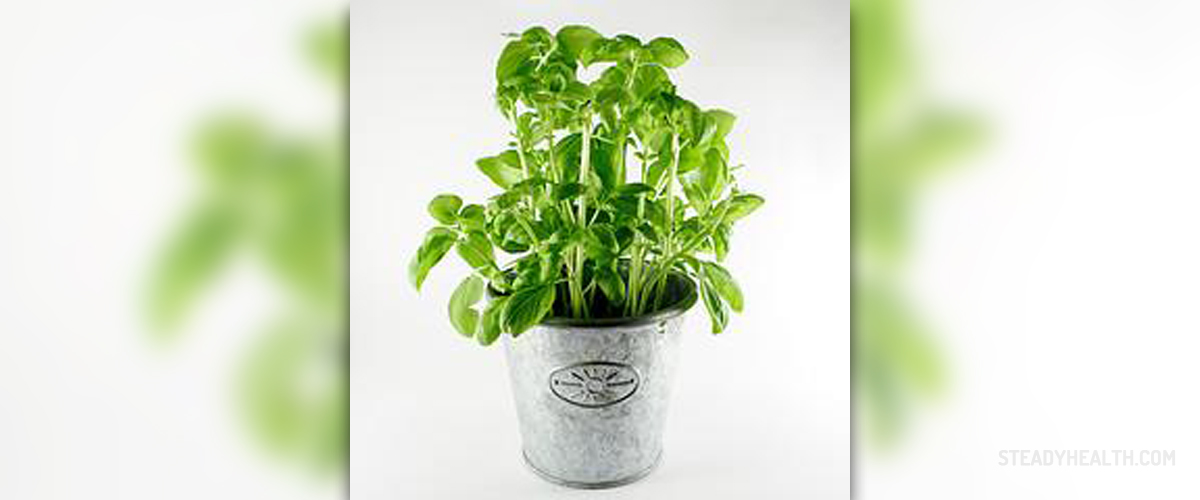
Basil plant is very easy to grow, because it only requires basic amounts of maintenance and care. Basil comes from the family of mints and it is very similar to the other plants from its family. There are actually a large number of varieties of basil but the most common ones include Purple basil, Thai basil, Sweet basil, Napolitano basil, Lemon basil, Holy basil plant, Genovese basil and Cinnamon basil.
Tips on Growing Basil
There are certain methods which need to be used when a person wants to grow basil outdoors. The same methods and principles can be applied for the growing of basil in pots. As far as the process of planting goes, it is advisable to sow one seed per pot and then cover it with half an inch of soil. In order to keep the soil moist enough, one should water the pot twice per day. The seeds usually require up to two weeks in order to get germinated. Basil has certain soil requirements as well. The soil used for the growing of basil needs to be well drained, well composted and partly sandy. The soil acidity needs to be somewhere between the values of 6 and 8.
There are certain light requirements involved in the growing of basil and they are very important. In order to grow optimally, each basil plant requires plenty of sunshine, so it is highly recommended to place the plants in sunny spots. Since basis has a tropical nature, it needs to be brought indoors when the temperature fall below 40 degrees Fahrenheit because its chances of surviving the frost and cold winds are equal to zero. Basil also has certain watering requirements so that it can grow properly. The plant requires plenty of moisture so that it can grow healthy, but one should not water it too much because it may lead to the rotting of the stems and wilting of the leaves. Colder climates should involve less frequent watering, while summer seasons dictate a daily sprinkle and obligatory evening washes. Sometimes the soil may require tilling in order to encourage proper water drainage.
Basil plants may also require fertilization from time, and one can use ordinary liquid fertilizer or an organic one. Pruning the basil plant may also be an important part of the entire plant care routine. Pinching and branching the stems can only do it good. There are also various products which can be used to get rid of numerous types of pests which sometimes attack the basil.




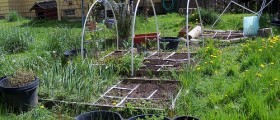



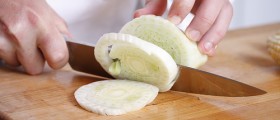
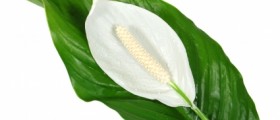
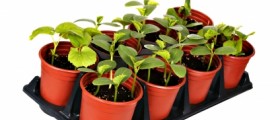


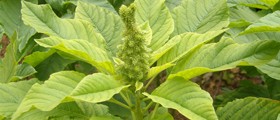


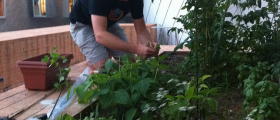
Your thoughts on this
Loading...